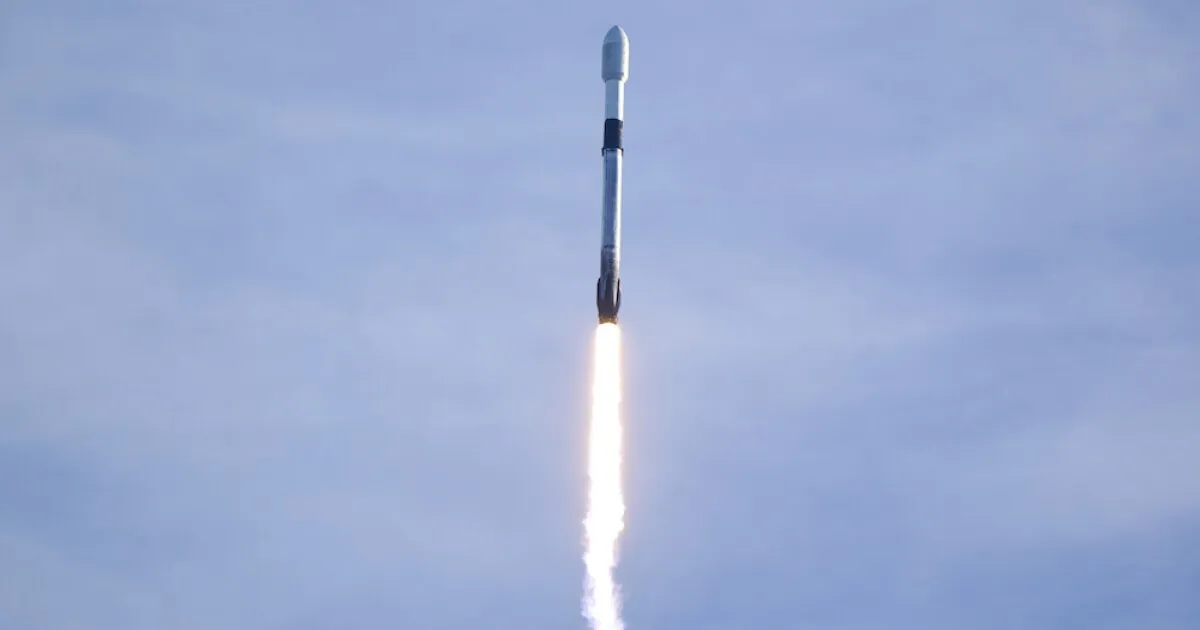
In a significant achievement, SpaceX successfully launched a Falcon 9 rocket from the Vandenberg Space Force Base on Tuesday night, October 3rd. The rocket took off at precisely 7:05 p.m., embarking on a mission to deliver 26 Starlink satellites into low-Earth orbit. This launch is a testament to SpaceX's ongoing commitment to expanding its satellite network, which aims to provide global internet coverage.
The launch occurred from the SLC-4E launch pad at Vandenberg Space Force Base. Following a successful liftoff, the first-stage booster completed its mission by landing on a drone ship stationed in the Pacific Ocean, aptly named "Of Course I Still Love You." This marked the fourth time this particular first-stage booster has been utilized for a Starlink launch, demonstrating the reusability of SpaceX's technology, which is central to its operational philosophy.
For those eager to witness the launch, a live webcast was available on SpaceX's X account and the X TV app, starting approximately five minutes before liftoff. In case of any delays, SpaceX has indicated that crews are prepared to attempt the launch again on Wednesday, October 4th, starting at 6:45 p.m.
This successful mission marks the first launch from Vandenberg in October and the 33rd launch from this West Coast base in 2023. As the demand for high-speed internet continues to grow, SpaceX's ongoing efforts to deploy its Starlink satellites are becoming increasingly crucial. The company aims to bridge the digital divide and enhance connectivity in remote areas around the world.
As the frequency of launches from Vandenberg increases, attention is also being directed towards the environmental impact of these activities. Recently, an environmental draft report was released, highlighting the need for careful monitoring and assessment as launch operations expand.